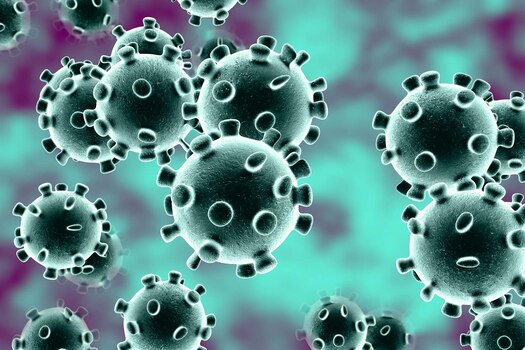What is the coronavirus? Symptoms | How Does It Spread?
What is the coronavirus?
Coronaviruses are a family of many viruses which will cause fever, respiratory problems, and sometimes gastrointestinal symptoms too. The 2019 novel coronavirus is one among seven members of this family known to infect humans, and therefore the third within the past three decades to leap from animals to humans. Since emerging in China in December, this new coronavirus has caused a worldwide health emergency, sickening almost 229000+ people worldwide, then far killing quite 3,000. As of March 3, about 100 cases had been reported in the US, and six people have died.
What are the Symptoms?
Key symptoms to observe for include fever, cough and shortness of breath or difficulty breathing. However, the illness also can cause body aches, inflammatory disease, vomiting and diarrhea.
Up to 80 percent of these who become infected appear to possess mild symptoms and should not even know they're sick. But in severe cases, the illness can cause pneumonia, kidney disease and death, in line with the world Health Organization.
How Does It Spread?
Researchers are still trying to know how SARS-CoV-2 spreads between humans. (SARS-CoV-2 is the official name of the germ; the official name of the disease you get from the germ is Covid-19—more on that below.) It’s likely to be transmitted in droplets from coughing or sneezes, and therefore the virus features a two- to 14-day time period . That means people might be infectious for quite while before symptoms like fever, cough, or shortness of breath emerge.
Right now, CDC officials say Americans should steel oneself against the worst and hope for the simplest . Based on the amount of latest cases, the general risk of getting Covid-19 remains pretty low in most parts of this country. But flaws in testing kits and strict testing requirements have severely limited what percentage people have thus far been tested, which suggests nobody knows who might actually be infected, or how serious (or mild) their illnesses could be . Growing numbers of cases of community spread in California and Washington suggest that the virus could also be circulating more widely than case numbers might indicate.
Can You Get Infected on Public Transport?
Most infections/causes happen in the families, where people live at close quarters. You need to be within one to 2 metres of someone to be infected by viral-loaded water droplets from their coughs or once they are speaking. That is less likely on public transport. However, it might be possible to select up the virus on your hands from a surface that somebody with the infection had touched. The virus can linger for 48 hours or maybe possibly 72 hours on a tough surface, like the hand rail the tube – though less time on a soft surface. That is why the recommendation is to clean your hands regularly and avoid touching your face, to stop the virus stepping into your nose, mouth or eyes.
How Can I Avoid Catching the Coronavirus?
WHO and CDC recommend that you simply take the standard precautions for avoiding respiratory viruses:
- Wash your hands often with soap and water or use an alcohol-based hand sanitizer.
- Cover your mouth and nose together with your elbow or a tissue once you cough or sneeze.
- Avoid touching your eyes, nose and mouth if your hands aren't clean.
- Avoid close contact with anyone who is sick.
- Clean surfaces you often touch.
- Stay home from work, school and public areas if you're sick.
- CDC doesn't recommend that healthy people wear a facemask to guard themselves from respiratory illnesses, including COVID-19. Only wear a mask if a health care provider tells you to try and do so.
In addition to the above, WHO recommends these steps:
Avoid to eating any raw or undercooked meat or animal organs.
If you're visiting live markets in areas that have recently had new coronavirus cases, avoid contact with live animals and surfaces they'll have touched.
How long does it see someone to urge sick?
The new coronavirus's time period — meaning the time it takes from an individual being infected with the virus to once they start showing symptoms — appears to be anywhere from two to 14 days, though the typical amount of your time it takes an individual to urge sick is about five days, consistent with the world Health Organization. It's unclear whether an individual is contagious during the time period .




Leave a Comment